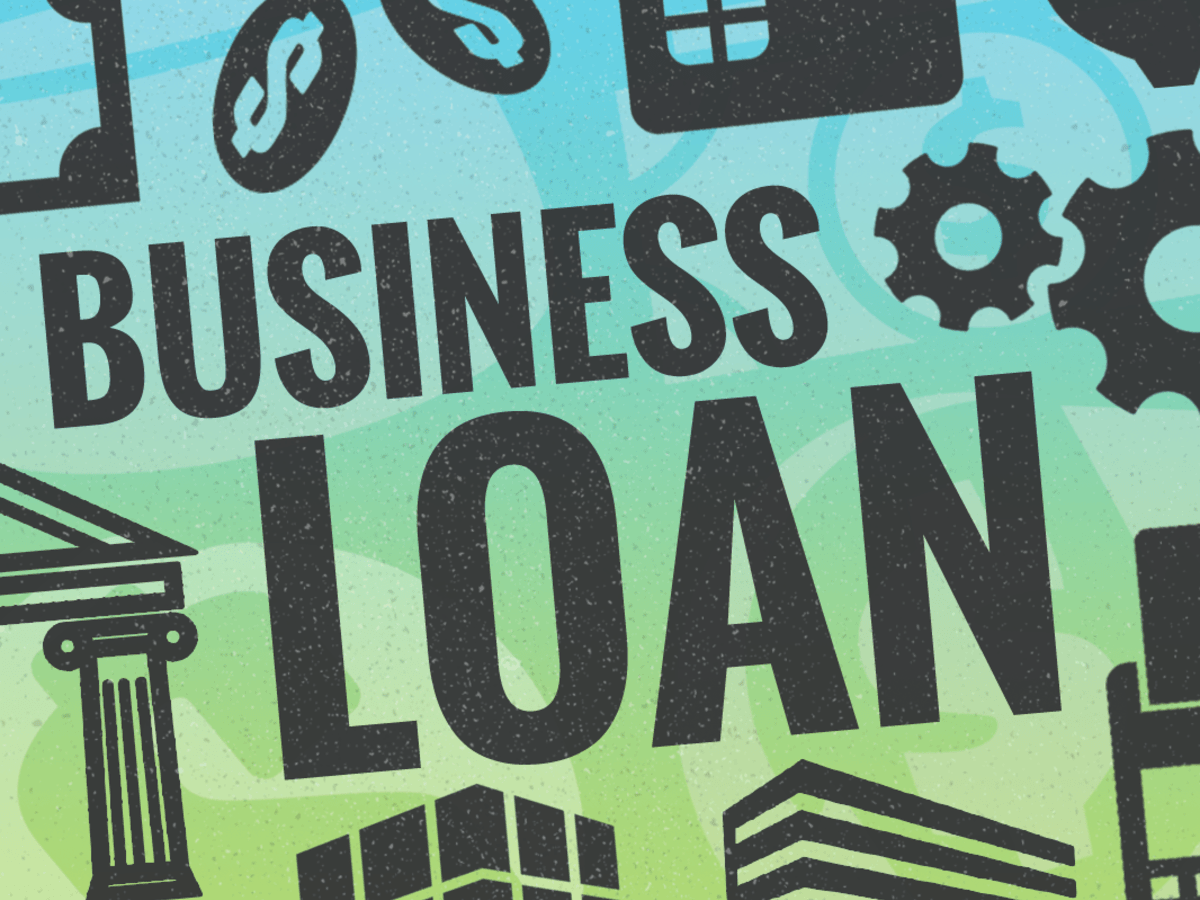
Starting a business without an established revenue stream can be a daunting task. You may have a brilliant idea, a well-thought-out business plan, and the drive to succeed, but you lack the financial means to bring your vision to life. In such circumstances, securing a business loan can be the key to turning your dreams into a profitable reality.
Small Business Administration (SBA) loans and traditional business loans are two popular options that can help you secure the necessary funds. In this blog, we will explore the world of business financing, especially for those entrepreneurs who are just starting and have no revenue to show for their business. We’ll delve into the different types of loans, their eligibility criteria, and the steps you can take to increase your chances of approval.
SBA Loan: Your Path to Business Success
The Small Business Administration (SBA) is a government agency that provides financial assistance to small businesses. One of the most attractive aspects of SBA loans is that they are designed to support entrepreneurs who may not have significant revenue or financial history. These loans often come with favorable terms, such as lower interest rates and longer repayment periods. Here are the key steps to navigate the world of SBA loans effectively:
1. Understand Your Options
SBA offers a variety of loan programs, each tailored to specific business needs. These include the 7(a) loan, 504/CDC loan, and microloans, among others. Research these options to determine which one aligns with your business goals and requirements.
2. Create a Solid Business Plan
Since your business might not have a proven track record of generating revenue, a comprehensive business plan becomes crucial. Your plan should clearly outline your business idea, target market, marketing strategy, financial projections, and how the loan will be used to grow your business.
3. Gather Necessary Documentation
While SBA loans are designed to support businesses with limited revenue history, you will still need to provide certain documentation. This typically includes your business plan, financial statements, tax returns, personal and business credit history, and collateral if required.
4. Seek Expert Assistance
Consider working with a financial advisor or a Small Business Development Center (SBDC) to ensure that your application is well-prepared and has the best chance of approval. These professionals can provide guidance and help you navigate the complexities of the application process.
5. Demonstrate Your Commitment
SBA loans often require a personal guarantee, which means you’re personally responsible for repaying the loan. Your commitment to the success of your business can be a critical factor in the approval process.
Traditional Business Loans
In addition to SBA loans, traditional business loans are also an option for entrepreneurs without revenue. However, these loans are typically offered by private lenders and may have stricter requirements, including higher interest rates and shorter repayment terms. To increase your chances of securing a traditional business loan, consider the following:
-
Secured Loans: Offering collateral, such as real estate or valuable assets, can make your loan application more attractive to lenders.
-
Strong Credit: If your personal credit history is robust, it can bolster your credibility and enhance your loan approval prospects.
-
Business Credit: Even if your business doesn’t have a revenue history, building a positive business credit history by paying vendors and suppliers on time can work in your favor.
-
Co-signer: If possible, consider having a co-signer with a strong credit history to vouch for your ability to repay the loan.
Securing a business loan without revenue is indeed a challenge, but it’s not impossible. With the right preparation, a solid business plan, and a clear understanding of your options, you can increase your chances of receiving the financing you need to bring your entrepreneurial dreams to life. Whether you opt for an SBA loan or explore traditional business loans, the path to success starts with a well-structured plan and a commitment to your business’s growth.


